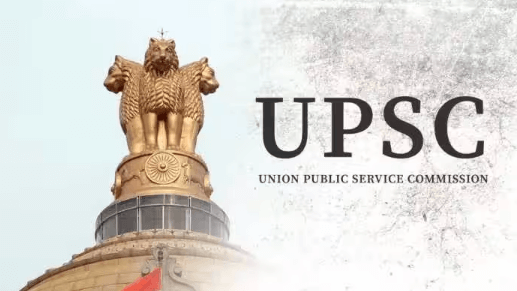Hindu Editorial Analysis : 31-January-2025
India’s decision to rename the Jaffna Cultural Centre as the ‘Jaffna Thiruvalluvar Cultural Centre’ highlights its strong ties with Sri Lanka, particularly with the Tamil community. This move addresses concerns over the previous omission of the word “Jaffna” from the cultural centre’s name, reinforcing India’s commitment to supporting the Tamil identity in Sri Lanka.
Historical Context: Sri Lanka’s Ethnic Problem
Sri Lanka has experienced significant ethnic tension, particularly between the Sinhalese majority and Tamil minority. This divide has historical roots:
- Colonial Era: Under British rule, Tamils were favored in administrative and educational roles, which caused resentment among the Sinhalese.
- Post-Independence: After gaining independence in 1948, policies like the Sinhala Only Act of 1956 worsened tensions. The government also promoted Sinhalese settlement in Tamil-majority regions.
- LTTE and Civil War: In the 1970s, the Tamil Tigers (LTTE) sought an independent Tamil state, leading to a brutal civil war that lasted until 2009.
Sri Lanka’s Constitutions and the 13th Amendment
Sri Lanka’s constitution has been revised multiple times, with the Soulbury Constitution of 1948, followed by two Republican Constitutions in 1972 and 1978. However, key amendments have not been fully implemented:
- The 13th Amendment was introduced in 1987 to provide more autonomy to Tamil-majority areas. Despite this, its full implementation remains incomplete, leaving many Tamil concerns unaddressed.
Key Issues in Tamil-Sri Lankan Relations
There are several unresolved issues that continue to fuel tensions between the Tamil community and the Sri Lankan state:
- Political Representation: Tamils demand greater political autonomy and representation, with the full implementation of the 13th Amendment.
- Land and Resources: The state-sponsored settlement of Sinhalese in Tamil areas and military occupation of land have led to disputes.
- Language and Identity: The recognition of Tamil as an official language alongside Sinhala is vital for preserving Tamil cultural identity.
Pathways to Resolution
There are several steps that can help improve relations and lead to lasting peace:
- Full Implementation of the 13th Amendment: This would provide greater political autonomy to Tamil-majority regions.
- Land Reforms: Returning occupied lands to their rightful owners and addressing land disputes will build trust and reconciliation.
- Inclusive Governance: Ensuring that all ethnic groups are meaningfully represented in national decisions is crucial for harmony.
- Economic Development: Promoting equitable development in Tamil-majority areas, such as in education and infrastructure, can reduce grievances.
- Cultural Recognition: Promoting Tamil cultural and linguistic rights can help preserve identity and foster unity.
International Support
The international community, particularly India, has a key role in supporting Sri Lanka’s efforts toward reconciliation. By providing diplomatic support, development aid, and promoting transitional justice, India and other nations can help ensure lasting peace and stability in Sri Lanka.
Why In News
India’s renaming of the Jaffna Cultural Centre to ‘Jaffna Thiruvalluvar Cultural Centre’ reinforces its bond with Sri Lanka, addressing Tamil concerns over the initial omission of ‘Jaffna’, while also symbolizing a commitment to preserving Tamil heritage and promoting greater cultural unity between the two nations.
MCQs about India’s Renaming of the Jaffna Cultural Centre
-
Why did India rename the Jaffna Cultural Centre to ‘Jaffna Thiruvalluvar Cultural Centre’?
A. To promote the Sinhala language in Sri Lanka
B. To reinforce its bond with Sri Lanka and address Tamil concerns
C. To honor Sri Lankan leaders
D. To discourage Tamil cultural expression
-
What was the primary reason for ethnic tensions in Sri Lanka during the colonial era?
A. British support for the Sinhala majority
B. Favoring Tamils in administrative and educational opportunities
C. Economic policies that benefitted only the Sinhalese
D. Forced migration of Tamils to India
-
What was the purpose of the 13th Amendment to Sri Lanka’s Constitution?
A. To grant full independence to Tamil-majority areas
B. To establish Sinhala as the only official language
C. To devolve power to provincial councils and provide more autonomy to Tamil-majority areas
D. To disband the Sri Lankan military
-
Which of the following is NOT a proposed solution to the Tamil-Sri Lankan conflict?
A. Full implementation of the 13th Amendment
B. Economic development in Tamil-majority areas
C. Promoting Sinhala as the only official language
D. Addressing land disputes and ensuring the return of occupied lands
Boost up your confidence by appearing our Weekly Current Affairs Multiple Choice Questions
![]()


